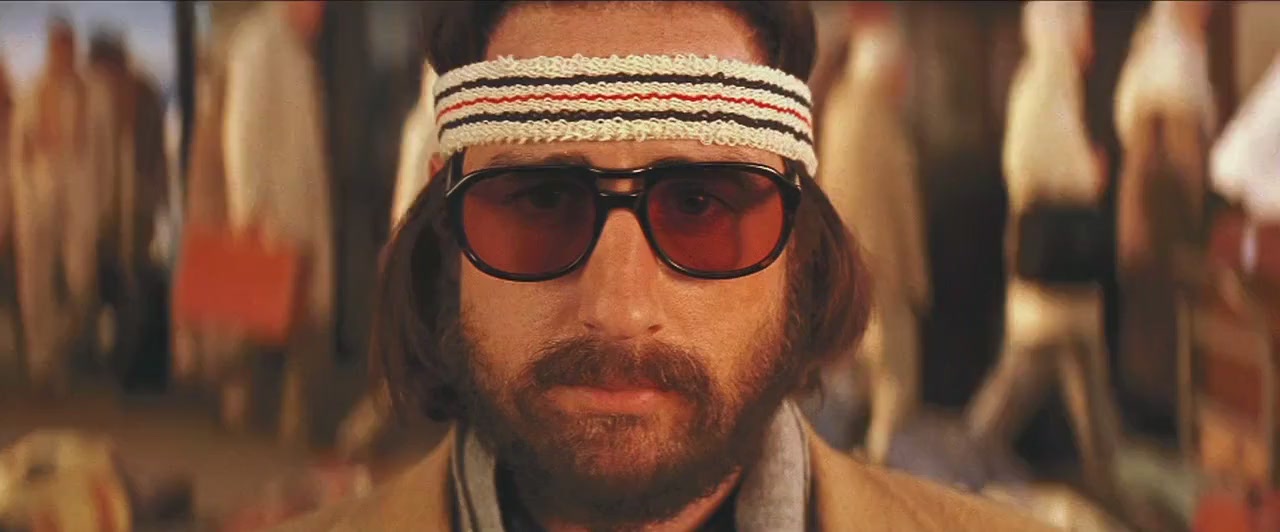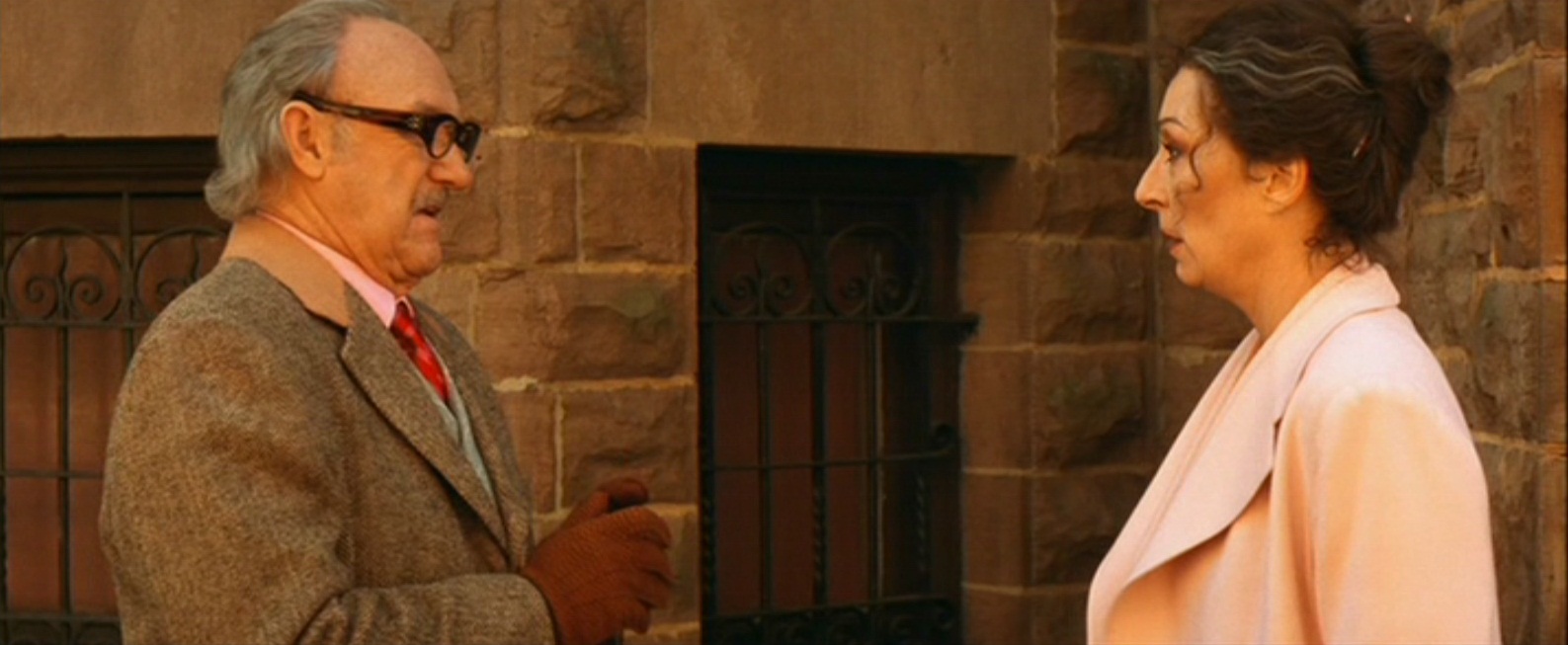I think Richie Tenenbaum is the most interesting character in the movie. During the scene where he decided he wanted to kill himself, the song Needle in the Hay by Elliott Smith was playing.
Richie is the real needle in the haystack of the family. He was the only one to have a relationship with Royal when they were kids, he loves is adopted sister Margo, and he's the only one in the family to have a failed career. In the song it says, "And I don't want to talk I'm taking the cure So I can be quiet whenever I want So leave me alone You ought to be proud that I'm getting good marks" This is showing how Richie looks at the scars that he makes. When he is in the bathroom and looking into the mirror, Richie says "I'm going to kill myself tomorrow." But quickly decides that he doesn't want to live anymore. He thinks his scars are good and helping him rid of his pain. Even though it is a very serious scene in a movie that is supposed to be a comedy, it is a very important scene for the whole movie. Do you think this scene was too serious?


.jpg)

























.bmp)





















